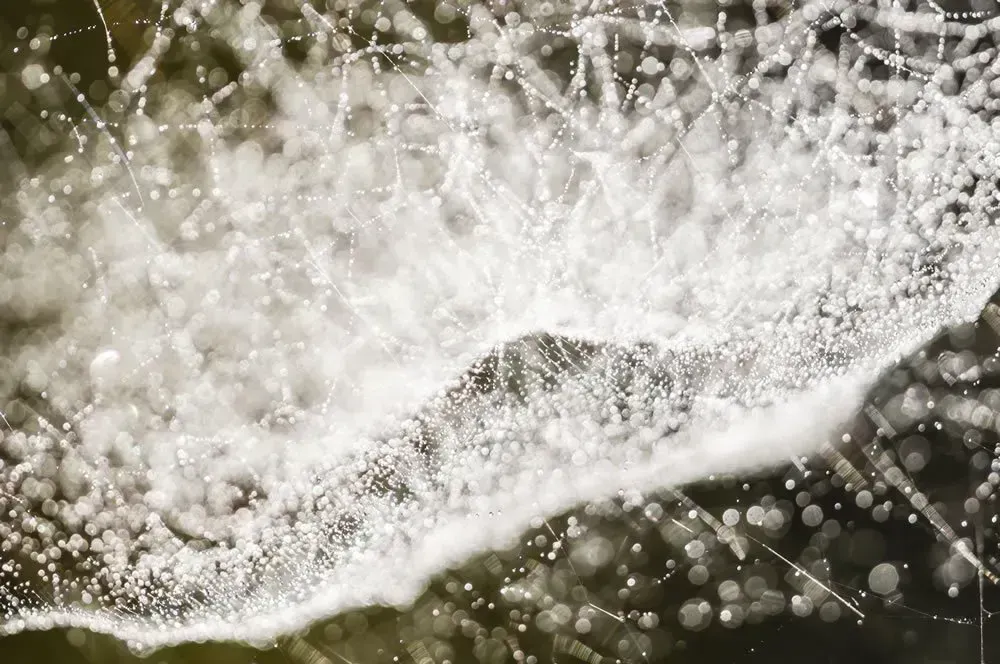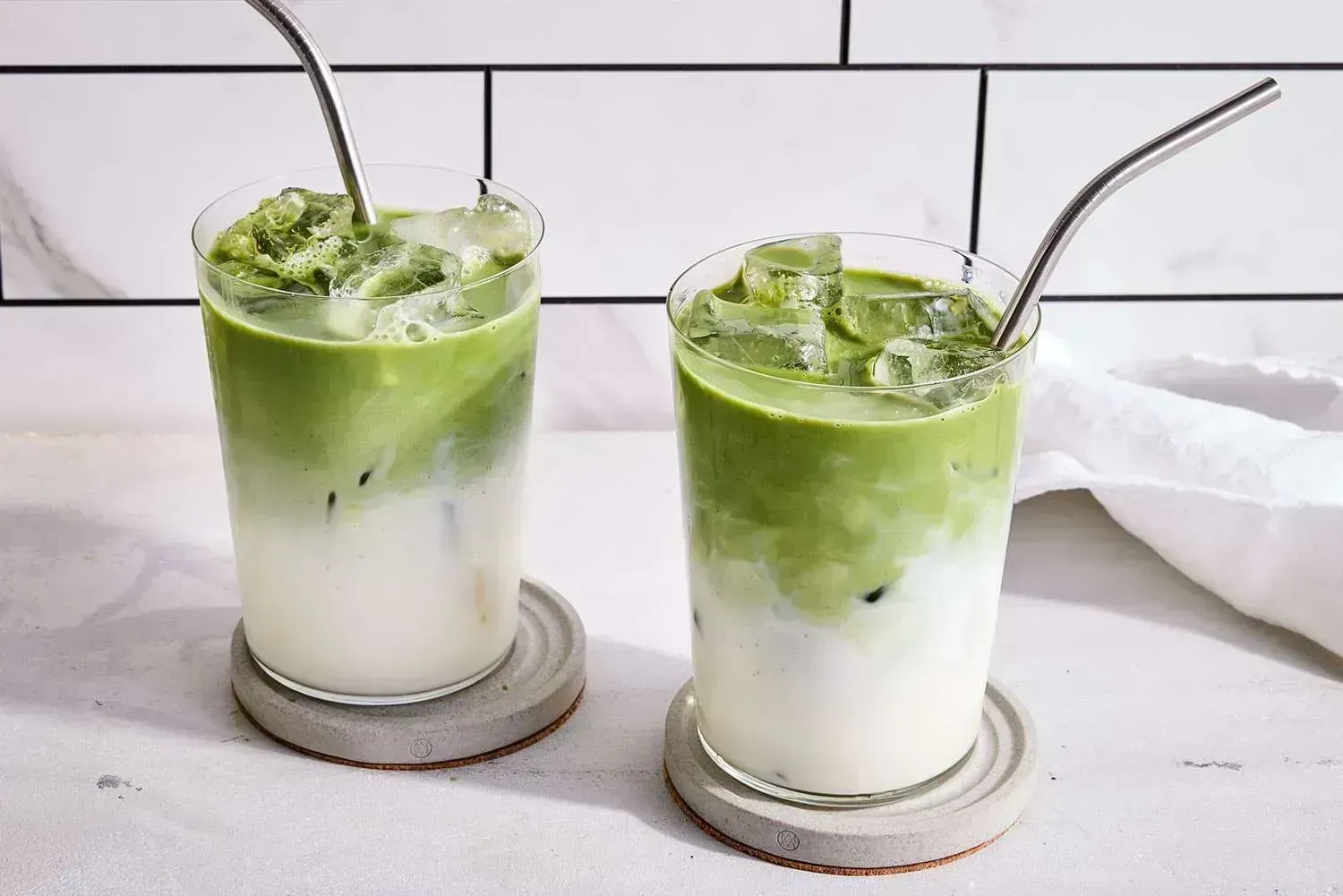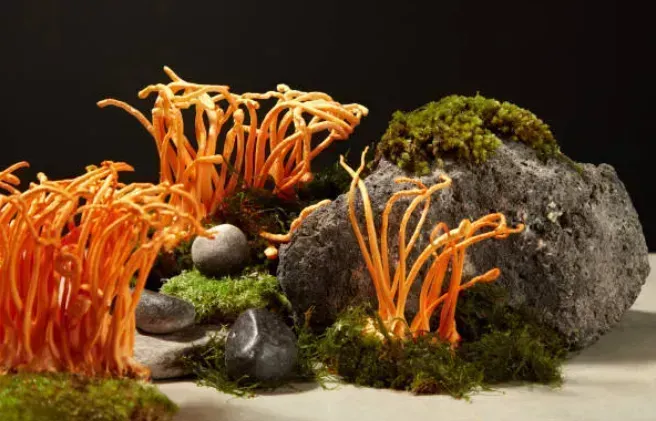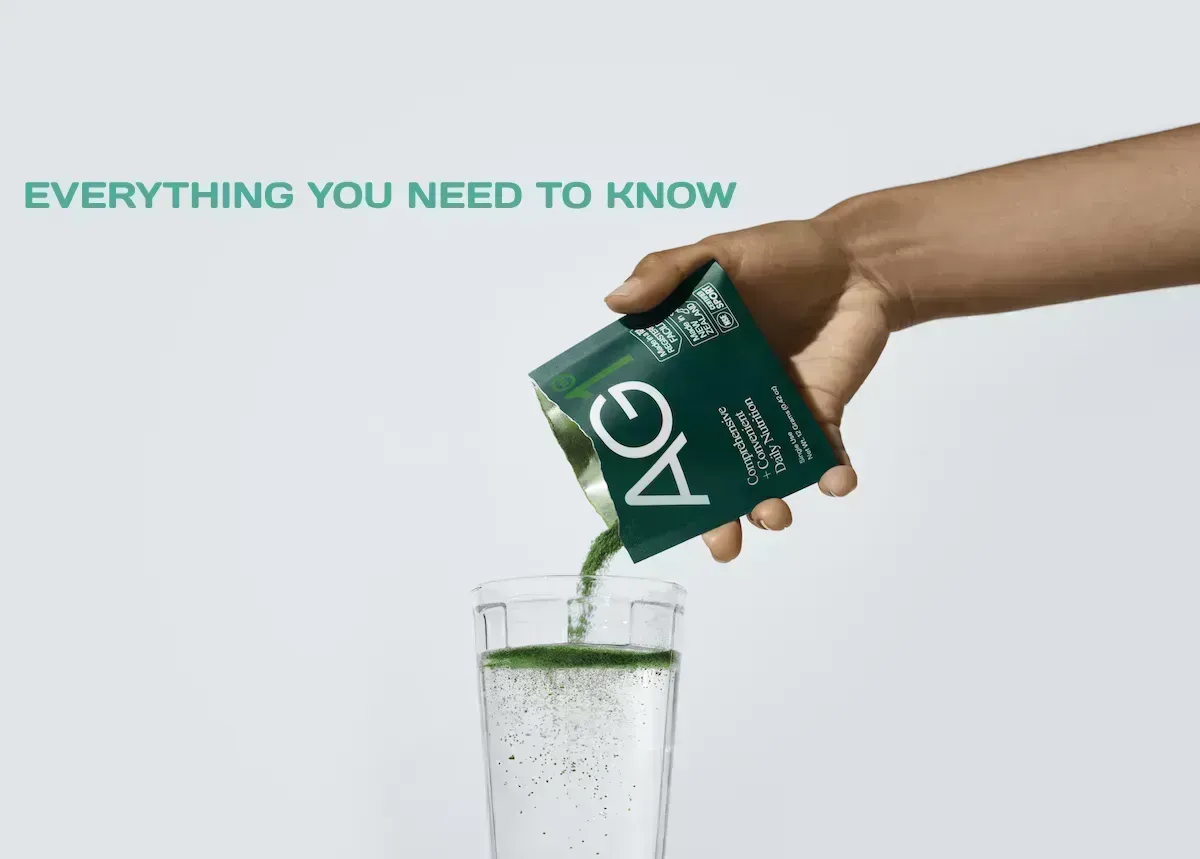Understanding the distinction between cobweb mold and mycelium is crucial for mushroom cultivators. Misidentification can lead to unnecessary panic and may result in the destruction of healthy mushroom cultures. This Fungi Review guide dives deep into cobweb mold vs. mycelium, exploring their appearance, growth patterns, and practical tips to help you identify and manage each correctly.
What is Cobweb Mold?
Cobweb mold is a type of fungal contamination that often targets mushroom cultures, particularly those using casing layers. This mold is grayish, fluffy, and can spread rapidly, overtaking a tub within days. It thrives in environments with high humidity, poor air circulation, or suboptimal hygiene practices. While it primarily affects the surface layers and mushrooms, it does not pose direct harm to humans if accidentally consumed.
What is Mycelium?
Mycelium is the vegetative network of a fungus, composed of fine, white filaments known as hyphae. It’s the backbone of mushroom cultivation, serving as the growth medium for the fruiting bodies (mushrooms). Healthy mycelium grows steadily through the substrate, extracting nutrients to support mushroom development. It does this by secreting enzymes that break down complex organic matter into simpler compounds that the fungus can utilize. Mycelium also plays a role in the reproductive cycle of fungi by producing fruiting bodies.
Why is This Important?
It’s important to clarify that cobweb mold is very rare to get so misidentifying cobweb mold as mycelium, or vice versa, is a common issue for beginners. This often results in unwarranted treatments, such as spraying hydrogen peroxide, or even prematurely discarding healthy substrates. Understanding the key differences ensures proper care and maximizes yield.
Key Differences: Cobweb Mold vs. Mycelium
Here's a quick overview of the differences.
|
Aspect |
Cobweb Mold |
Mycelium |
|
Color |
Gray, with a desaturated, dusty appearance. |
Bright white when healthy, may turn off-white with age. |
|
Texture |
Fluffy, resembling cotton balls or Halloween cobwebs. |
Dense, stringy, or mat-like; forms interconnected networks. |
|
Growth Rate |
Extremely fast, spreading overnight and overtaking tubs. |
Slow, taking days to weeks to colonize a substrate. |
|
Growth Location |
Primarily on casing layers, mushrooms, and aborts. |
Found throughout substrate, grain spawn, and casing layers. |
|
Odor |
Sometimes it emits a noticeable, musty smell. |
Typically earthy and neutral, without a foul odor. |
|
Reaction to Light |
Appears dull gray under bright light. |
Appears bright white, with a vibrant sheen when healthy. |
How to Identify Cobweb Mold Early
Early detection of cobweb mold is vital to prevent contamination. Here are some actionable tips:
- Monitor Growth Speed: If you observe a grayish, fluffy growth spreading rapidly (within 24–48 hours), it's likely cobweb mold.
- Color Inspection: Use a bright light to examine the color; cobweb mold appears grayish, while healthy mycelium is bright white.
- Hydrogen Peroxide Test: Gently spray a small area with a 3% hydrogen peroxide solution. Cobweb mold will dissolve upon contact, whereas mycelium remains unaffected.
How to Treat Cobweb Mold
If cobweb mold is detected, consider the following treatment methods:
- Hydrogen Peroxide Application: Spray the affected area with a 3% hydrogen peroxide solution to eliminate the mold.
- Improve Air Circulation: Enhance fresh air exchange (FAE) to reduce humidity levels, as cobweb mold thrives in stagnant, humid environments.
- Maintain Cleanliness: Ensure all equipment and the growing environment are sterile to prevent contamination.
Visual Differences Between Cobweb Mold and Mycelium
A picture of cobweb mold from mushroom kingdom
Mycelium growth from icultivatemushrooms
To the untrained eye they may look alike but the visual differences sure are there:
1. Color
- Cobweb Mold: Gray, often described as dull or dusty. Spores can create a powdery effect.
- Mycelium: Bright white and vibrant in active growth phases. If aged or stressed, it may appear slightly off-white but never truly gray.
2. Growth Patterns
- Cobweb Mold: Forms a fluffy cloud extending up to 1 inch above the substrate.
- Mycelium: Grows close to the substrate and creates a dense, cohesive mat.
3. Speed of Growth
- Cobweb Mold: Rapidly spreads, sometimes overtaking a tub in less than 48 hours.
- Mycelium: Develops steadily, taking 10–20 days to colonize a typical tub.
4. Odor and Metabolites
- Cobweb Mold: Can produce an off-putting, musty odor.
- Mycelium: Typically neutral or slightly earthy. Metabolites (yellow droplets) may appear but are usually not concerning unless paired with foul odors.
Additional Visual Clues
- Spore Production: Cobweb mold produces spores that can give the mycelium a powdery appearance. This is often a late-stage indicator.
- Black Pins: While not cobweb, the presence of black pins within a mold growth indicates a type of pin mold (Mucor or Rhizopus), which are commonly mistaken for cobweb.
- Bluing: Bluing of mushrooms or mycelium after misting is usually a reaction to dryness and not a contamination indicator.
Using a bright light can help highlight the color differences between cobweb mold (gray) and mycelium (bright white).
It's crucial to remember that visual identification is just one piece of the puzzle when diagnosing contamination. The location of the growth, its growth rate, and the presence of any odors should also be taken into consideration.
If you remain unsure, it's always best to consult with experienced growers or seek advice from a trusted online community.
Why is Cobweb Mold Often Misdiagnosed?
- Inexperience with Mycelium Growth Stages
Early-stage mycelium can appear thin and web-like, leading beginners to mistake it for cobweb mold. Over time, mycelium becomes denser and more structured, differentiating itself clearly. - Terminology Confusion
The term "cobweb mold" is sometimes loosely applied to anything, gray mold, even when it isn’t the true Cladobotryum species responsible for cobweb contamination. - Panic and Online Misinformation
Overdiagnosis often stems from online forums and anecdotal advice. Beginners may see normal mycelium and assume the worst, leading to unnecessary hydrogen peroxide treatments or disposal of healthy cultures.
The Rarity of Cobweb Mold in Mushroom Cultivation
The chances of getting cobweb mold is considered a relatively uncommon contaminant in mushroom cultivation, particularly for Psilocybe cubensis, the most popular species among home growers. While cobweb mold is a genuine concern, its prevalence is often exaggerated online, leading to frequent misdiagnosis and unnecessary anxiety among beginners.
Several factors contribute to the rarity of cobweb mold:
- Casing Layer Usage: Cobweb mold primarily thrives on casing layers, which are not always used in Psilocybe cubensis cultivation. In order for it to happen the cobweb mold requires a host fungus as a nutrient source and primarily affects mushrooms during the fruiting stage rather than during the colonization of the substrate itself.
- Pasteurization: Many cultivators use pasteurized casing layers, and the high temperatures involved in pasteurization are typically sufficient to kill cobweb mold spores. The spores are destroyed when exposed to temperatures between 115–122°F for just 30 minutes.
Fungi Review asked our mushroom growers we collaborate closely with and they said they have rarely encountered cobweb mold in the years of growing mushrooms. They emphasize that beginners overwhelmingly overestimate the occurrence of cobweb mold, often mistaking normal mycelium growth for the contaminant.
Common Causes of Cobweb Mold in Cultivation
While cobweb mold is not a common contaminant, especially when cultivating Psilocybe cubensis, for those unexperienced some practice you may be using can increase the likelihood of encountering this fast-growing mold:
1. Using Unpasteurized Casing Layers
- Cobweb mold primarily affects the casing layer and the mushrooms themselves.
- The mold's spores are killed when exposed to temperatures between 115-122°F for 30 minutes. Therefore, using a pasteurized casing layer greatly reduces the chances of introducing cobweb mold.
- Non-sterile casing layers can harbor cobweb mold spores, increasing the risk of contamination.
2. Unsanitary Practices
- Maintaining a clean and sterile growing environment is paramount for preventing any type of contamination, including cobweb mold.
- Inadequate sterilization techniques for equipment and the growing space can allow cobweb spores to thrive.
- Poor hygiene, such as not wearing gloves or a face mask, can introduce contaminants. Interacting with your unsterile equipment in front of your flow hood can subsequently make the mushrooms experience a cobweb outbreak, so this is important to be mindful of what you are doing near your growing environment and to use sterile techniques.
3. Presence of Mushroom Stumps and Aborts
- Mushroom stumps and aborts (undeveloped mushrooms) can become breeding grounds for cobweb mold.
- It's not the rotting of these materials that's the issue, but rather their potential to harbor cobweb spores or mycelium fragments.
- While not requiring immediate removal, aborts should be cleared during harvesting, and stumps should be minimized to reduce the risk of cobweb development.
4. Favorable Environmental Conditions
- Cobweb mold flourishes in environments with high humidity and temperatures. From what we found is that the mold thrives in temperatures around 25°C (77°F).
- Insufficient air circulation can create stagnant conditions where cobweb mold can proliferate.
5. High Oxygen Levels
- High oxygen levels might favor cobweb mold growth. You can get an increase in cobweb mold in bags that are only partially full, potentially due to the increased oxygen availability.
Preventing and Managing Cobweb Mold
Prevention Tips
- Sterilization: Sterilize all tools, casing layers, and substrates before use.
- Proper Environment: Maintain good air circulation and avoid excessive humidity.
- Inspection: Regularly check for signs of contamination during growth.
- Cleanliness: Use gloves, masks, and clean surfaces to minimize contamination risks.
Management
- Salt Treatment: Sprinkle a thin layer of salt over cobweb-infected areas. Salt inhibits mold growth but may harm underlying mycelium.
- Hydrogen Peroxide: A diluted (3%) hydrogen peroxide spray can be used cautiously on cobweb mold. Avoid overuse, as it can damage healthy mycelium.
- Early Removal: If cobweb mold is isolated, carefully remove and discard the contaminated section without disturbing the rest of the tub.
FAQs: Addressing Common Concerns
Q: What conditions favor the growth of cobweb mold?
A: Cobweb mold thrives in high humidity, poor air circulation, and unsterile conditions.
Q: Can mycelium recover after cobweb mold contamination?
A: Yes, with prompt treatment and improved growing conditions, mycelium can recover from minor cobweb mold contamination.
Q: How can I prevent cobweb mold in future cultivations?
A: Maintain proper hygiene, ensure adequate air circulation, monitor humidity levels, and regularly inspect your cultivation environment.
Q: Is cobweb mold dangerous to humans?
A: No, cobweb mold is not harmful if consumed. However, it can reduce yield and mushroom quality.
Q: How can I distinguish between cobweb mold and pin molds?
A: Cobweb mold lacks the black pins characteristic of pin molds like Mucor or Rhizopus.
Q: What should I do if I’m unsure whether it’s cobweb mold or mycelium?
A: Use a bright light for color comparison. Mycelium will appear bright white, while cobweb is gray. If unsure, consult experienced growers or online mycology communities.
Key Takeaways
- Cobweb mold, while concerning, is relatively rare in some mushroom species cultivation.
- Early-stage mycelium may resemble cobweb mold but becomes distinct as it matures.
- Proper sterilization, environmental controls, and hygiene practices are your best defense.
- Misidentifications can lead to unnecessary treatments or losses—when in doubt, seek expert guidance.
With careful observation and adherence to best practices, you can confidently navigate the challenges of mushroom cultivation and distinguish between cobweb mold and healthy mycelium.
Conclusion
Fungi Review knows that growing your own mushrooms can be quite difficult for first-timers, trying to keep everything perfect and preventing contamination, just try to remember that sterilization is key and watch the temperature of the growing environment. Want to know about some other mushrooms that you can grow at home? Check out our how-to-grow functional mushroom guides where we give you a step-by-step guide on growing shiitake, oyster, lion’s mane, turkey tail, and reishi mushrooms. Share this blog to keep people healthy and informed!
We value your experiences and insights. Have you encountered cobweb mold in your mushroom cultivation? Share your stories, tips, or questions in the comments section below. Let's learn and grow together!





